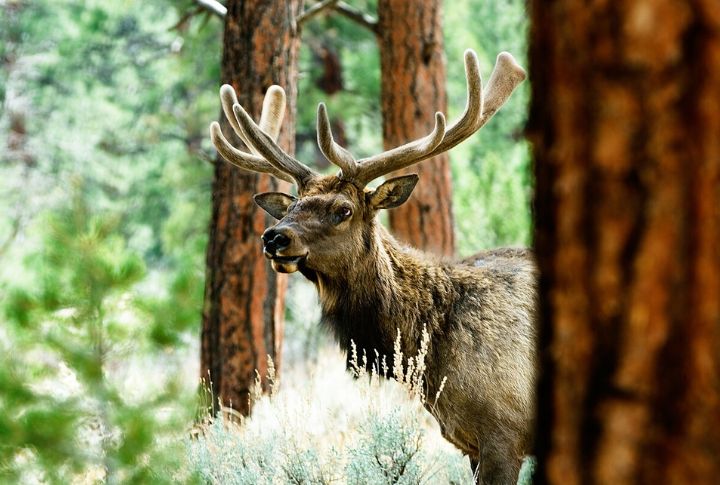
You don’t need to be a hunter or hiker to be stunned by the scale of some elk populations. In certain states, they thrive so well that they’ve become part of the local rhythm. Do you want to know which ones lead the pack? Keep reading to find out.
Colorado
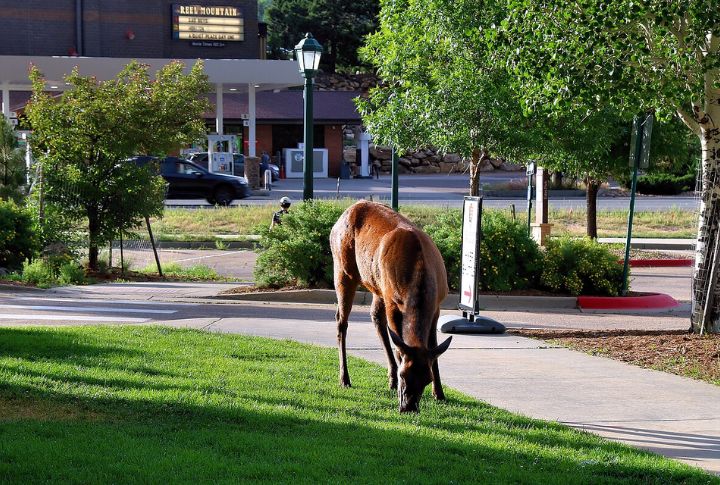
No other state holds more elk—roughly 290,000—yet it doesn’t shout about it. Alpine ridges and high-altitude meadows act as a natural fortress for these animals. Thanks to decades of regulation and careful stewardship, Colorado has become the continent’s leading sanctuary for elk, year after year.
Oregon
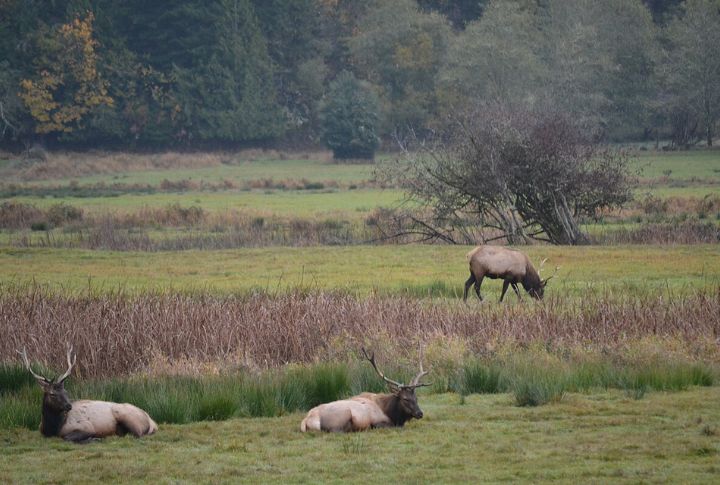
Among the ferns and fog of Oregon’s Pacific edge, the Roosevelt elk thrives like few others. Populations hover near 133,000, anchored in both coastal rainforests and remote interior woodlands. Though less famous than its Rocky Mountain cousins, Oregon’s Roosevelt elk proves that strength and stealth can go together.
Utah

Diverse elevations across Utah create a rare overlap of alpine and arid zones, a combination ideal for large ungulates. With an estimated 80,000 elk, the state has seen a steady increase in herd mobility as wildlife corridors and habitat improvements support broader seasonal movement patterns.
Idaho
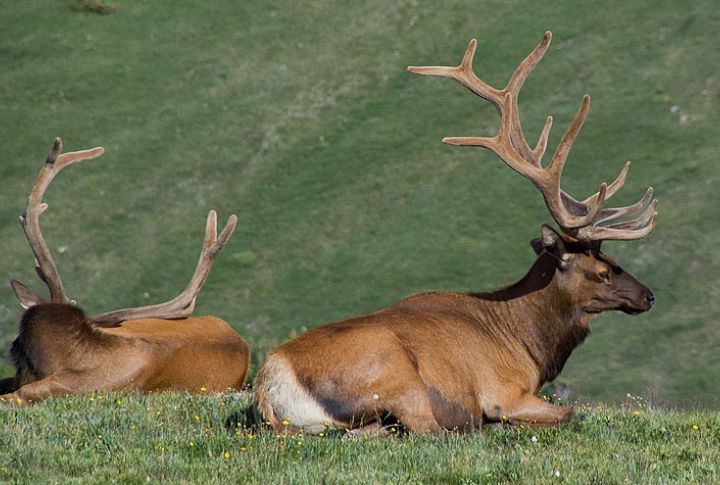
Idaho doesn’t advertise it, but some 120,000 elk find their way through its unforgiving topography daily. Dense forests give way to shadowy valleys, and in this rough terrain, the herds find quiet refuge. The management balances access and preservation.
Wyoming
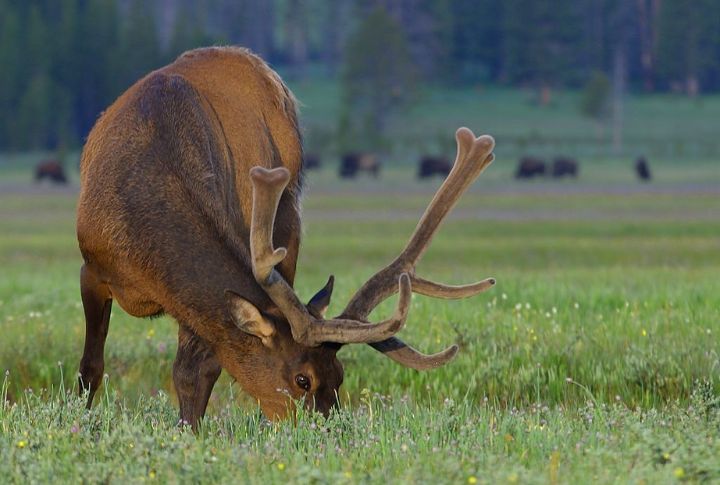
They call Wyoming an “elk factory” for a good reason. With roughly 110,000 animals, the state pumps out strong herds year after year. The secret? Protected zones like Yellowstone, paired with open-range ranchlands, exist. Here, public access means education and population control are all working in sync.
New Mexico
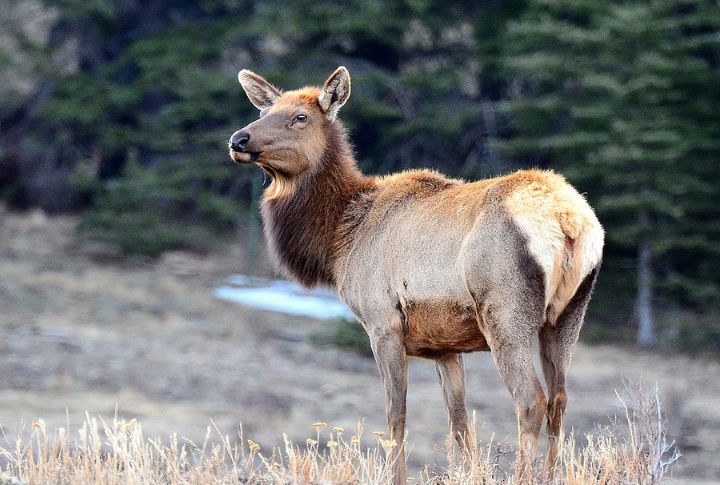
In New Mexico, elk populations thrive in a unique way. About 81,000 elk roam the pinon-juniper hills and high mountain areas. The mix of elevation and seasonal snow creates ideal conditions for raising young. Wildlife managers combine old methods with modern science to guide the herds without disrupting the land.
Montana

Have you been curious about how around 135,000 elk can move through one state almost unnoticed? In Montana, that’s not a mystery. Expansive national forests with rolling plains and remote basins provide them with uninterrupted corridors.
Arizona
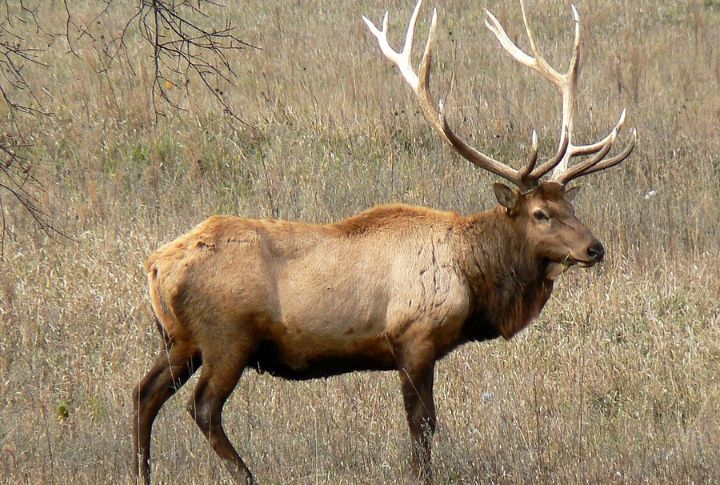
Arizona’s northern edge is full of elk—around 35,000 of them. The rocky soil and scattered pine forests look tough, but elk have figured it out. With support from wildlife teams monitoring migration patterns and water sources, these herds are thriving, not just getting by.
Washington
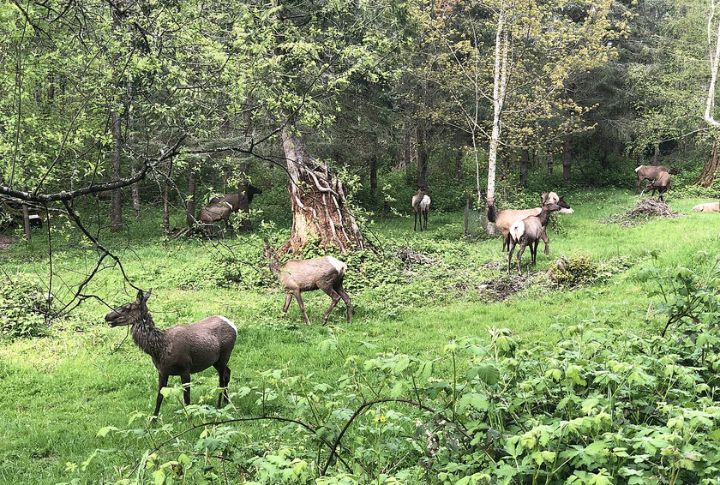
What moves through Washington’s misty forests and creek-fed valleys? Nearly 60,000 elk—mostly Roosevelt. Thick forests and protected lands give them everything they need. Thanks to smart conservation, Washington stays a stronghold for elk that live life slow and steady.
Kentucky
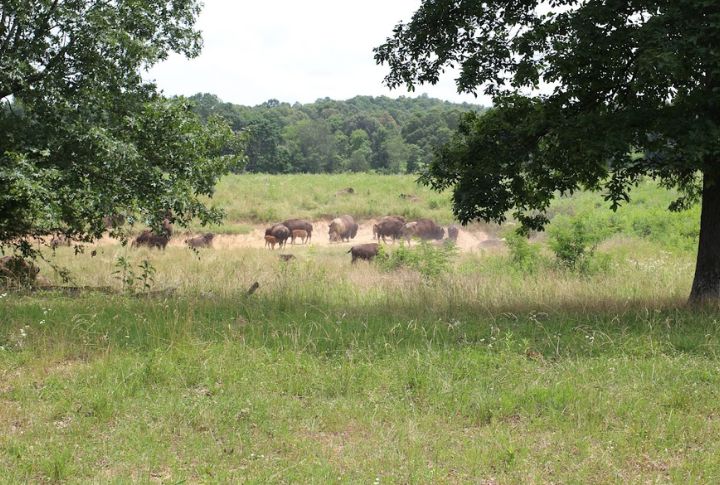
Reintroduction efforts started in 1997 and have since restored a herd of nearly 16,000 elk to eastern Kentucky’s reclaimed mine lands. Eliminated for more than a century, the species now thrives in an environment carefully managed for growth, balance, public engagement, and conservation.
